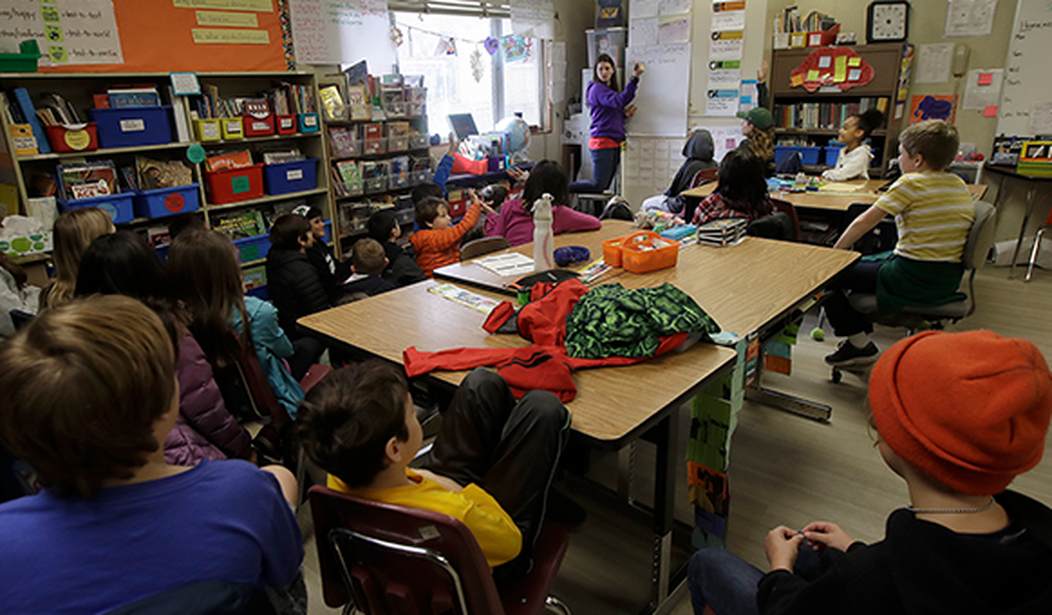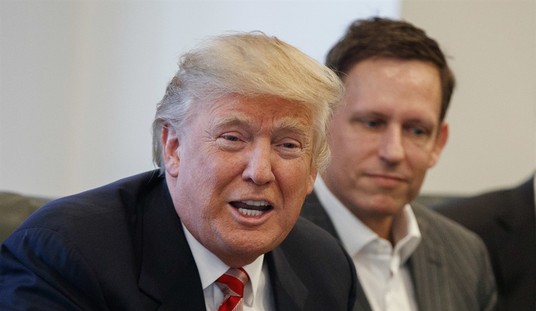Conservatives and progressives are in the midst of a battle over education as Critical Race Theory becomes a bigger and bigger issue in our schools. An outright rejection of CRT by conservatives is pitted against activist groups that want more focus on race and racial inequity through CRT-influenced curricula and materials.
Many are treating it as sort of the next Civil Rights battleground in the United States, as the issue of how to address the needs of those who consistently perform at lower levels – both urban and rural low-income students – does tend to skew toward racial differences.
CRT is a sociological, legal, and educational theory that isn’t new. It originated about 40 years ago. The basic premise is that there is structural or systemic racism inherent in society and that by the very virtue of being a certain race, you are preordained to be either the oppressor or the oppressed. Movement between those classes is incredibly difficult, and the ultimate goal of Critical Race theorists is to create equity, not equality, in societal groups. Personally, I am very, very wary of any social theory that blocks all paths to challenging it by more or less saying “You disagreeing with this is a sign of your inherent racism.”
I digress, but I wanted to make sure that was understood.
Oftentimes, this comes across as taking from those who have and let them fall to meet those who don’t, rather than give to those who don’t and help them rise to the level of those who have.
There are two problems with CRT. The first is that no one who comments on it actually really knows what it is, largely because the people who comment on it are getting their information from media outlets who have no clue on how to actually report on them. The second problem is that it doesn’t actually address the issue of racial disparity in education. It just shines a spotlight on it.
CRT itself isn’t some revolution that will give way to more Civil Rights victories. In fact, it’s become more of a distraction thanks to the political battles happening in state legislatures across the country. While we are busy discussing CRT and what it may or may not do to our schools, the actual issues affecting racial disparity and the success of low-income black and brown students in our schools remain unaddressed.
The biggest Civil Rights issues of the modern era, the issues that we are going to be fighting for true equality on, are in education but have very little to do with the discussion of CRT or anything that is derived from it. Instead, the two greatest challenges ahead of us in terms of helping to lift low-income minority students who struggle in schools are literacy rates and school choice.
Literacy isn’t just the ability to read. It is, essentially, how we consume and interpret the things we see. Literacy comes in the form of reading, writing, and speaking, and it is something that we as a society have somewhat de-emphasized in recent years. However, it’s the lack of literacy in our students that leads to other issues, like dropout rates, crime rates, and even violence. Study after study has shown that a good education is the best way to stay out of prison and to establish yourself and your family.
All too often, however, schools in the areas with large urban centers are overcrowded, and the teaching profession is not always filled with the freshest faces. Actual learning and literacy training and reinforcement get sacrificed so that students can watch a movie or video in the class, or so they can just work alone on packets that require them to read and regurgitate facts. Very rarely do these strategies actually work, but teachers in crowded classrooms and not enough time to individually address individual student concerns often have to resort to strategies like these in order to make sure the basic work gets done.
And, sure, the work can get done but students are not invested in the material and they ultimately don’t retain it and can’t synthesize new thoughts or arguments with that information because they haven’t really practiced it. So, literacy rates get stagnant or even drop. This is one of the reasons why politicians (particularly progressive ones) advocate for mandatory kindergarten/pre-K3/pre-K4, but they are very bad at explaining it. The academic growth of students will improve if many of them are able to access classrooms at an earlier age.
Conservatives, though, are typically hesitant to give more power and influence over their children than they already have, and the sentiment isn’t very difficult to understand or even sympathize it. Schools and school districts across the country this year made a serious error in judgment by keeping schools across the country closed as long as they did and, coupled with the occasional story we see regarding some insanely super-progressive teacher pushing leftist thoughts or ideas on their students, that makes for highly skeptical parents.
Better teaching strategies, as well as better access to materials, can help on the literacy side of this fight. We can talk about broadband access in low-income homes or in rural places with little infrastructure available to provide it. That is a government task that we can debate on pretty fairly.
But along with literacy, we also have to understand that students and their parents should absolutely have the right to choose their own schools and not be limited to the one they live nearest. School zones help keep impoverished and struggling students where they are, preventing them from attending a school that may have better access to resources to help them grow academically.
School choice is one of those rare issues, too, that is bipartisan. There are many Democratic voters, particularly black mothers, who believe in school choice because they want to get their child to a place where they can be successful, and there are plenty of conservative Republicans who want to break the stranglehold that the U.S. education system has over students and their development.
School choice is an extremely volatile subject because teachers unions have far too much power and sway over politicians and because it ultimately forces schools to actually have to compete for students (and the funding that comes with those students from the government) instead of just being graced with those that live closest to you.
But it particularly gives minority parents the chance to choose a successful school for their child. The family can play a greater role in their children’s education, a concept that is still relatively new but very much needed at the forefront of the battle for racial equality in schools.
These battles have to start at the local level, however. It starts with your local school board and winning elections with candidates who will push these causes rather than causes that are aligned with division and animosity. The state and federal governments have too many things on their plate, and frankly, they aren’t doing a very good job with the power they have. So win at the local level in order to affect the changes you need. Then, if you have to, go to the state legislature or the governor. Just don’t expect Washington D.C. to have a good solution to this.
They never do.













Join the conversation as a VIP Member